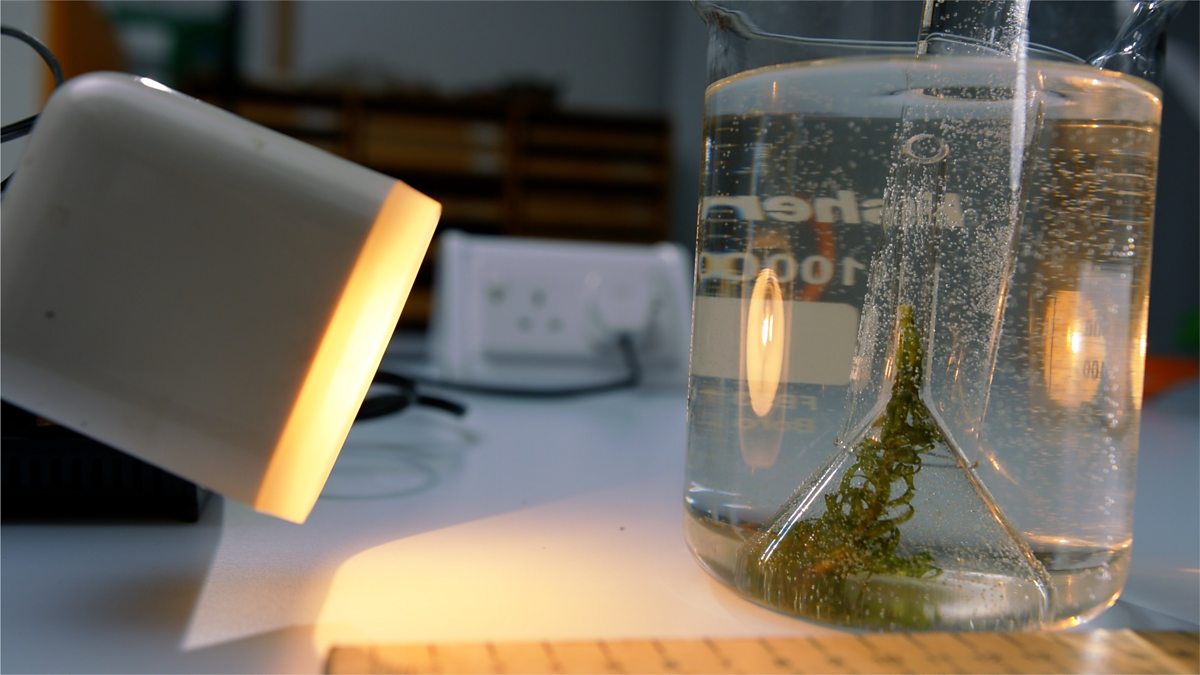For centuries, the intricate dance of sunlight, water, and carbon dioxide within plant life has remained a captivating scientific mystery. Photosynthesis, the process that fuels our planet's ecosystems, has been meticulously studied, yet a key detail – how plants efficiently convert light energy into usable fuel – has eluded complete understanding. However, a recent breakthrough by a team of researchers at the Massachusetts Institute of Technology (MIT) sheds new light on this crucial biological process.
The research, published in the prestigious journal Nature, delves into the intricate workings of a protein complex within plant cells known as Photosystem II (PSII). PSII acts as the initial point of contact for sunlight, initiating the process of capturing light energy and converting it into a form useable by plants. Understanding how PSII functions at peak efficiency is vital for advancements in agriculture, biofuel production, and even the potential manipulation of plant traits for climate change mitigation.
The crux of the MIT team's discovery hinges on a previously unknown structural detail within PSII. Utilizing a combination of advanced microscopy techniques and computer simulations, the researchers identified a unique arrangement of water molecules within the protein complex. They found that these water molecules play a critical role in facilitating the transfer of electrons, the energetic currency used by plants to convert light energy into usable fuel.
"This discovery provides the missing piece in a long-standing puzzle, " explains Dr. Anya Petrova, lead author of the study. "The arrangement of these water molecules creates an optimal environment for the efficient transfer of electrons, essentially streamlining the initial step of photosynthesis. "
Prior to this revelation, the precise mechanism by which PSII facilitated this electron transfer remained a subject of intense debate within the scientific community. Some theories postulated the involvement of a specific intermediary molecule, while others proposed a more direct transfer between water molecules and protein components. The MIT team's findings provide compelling evidence in favor of the latter theory, highlighting the importance of specific water molecule positioning within PSII.
The implications of this research extend far beyond a deeper understanding of plant biology. With a clearer picture of how PSII functions, scientists can now explore ways to manipulate this process for practical applications. Potential avenues include engineering crops with enhanced photosynthetic efficiency, leading to increased yields and improved resilience in the face of environmental challenges. Additionally, this knowledge could pave the way for the development of novel biofuel production methods that leverage the power of photosynthesis without relying on traditional crops.
The MIT team's breakthrough not only illuminates a fundamental biological process but also opens doors to exciting possibilities for the future of agriculture, renewable energy, and our overall understanding of the natural world.

